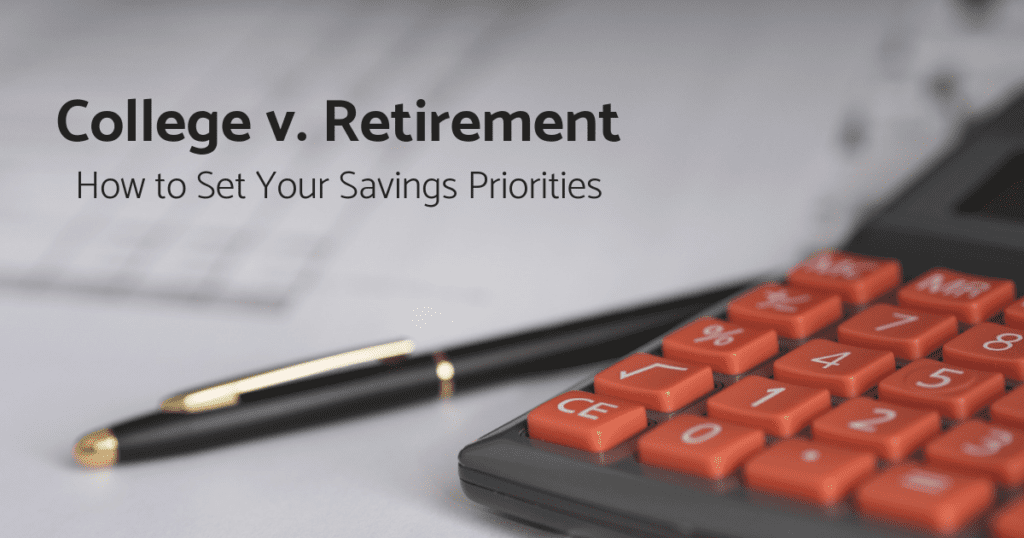
College may still be years away for your kids, but you may already be saving. In the face of rising tuition costs, many parents are getting a jump on their child’s future now. But what about your own future? Though that, too, may be years away, your retirement is just as important of an investment. Many experts recommend that you save 10 to 15% of your annual income for retirement.1 And many recommend setting aside $40,000 to help cover the costs of a public-college education – or $80,000 for a private college.2 That puts many parents in a dilemma: Do you save first for your retirement or for your child’s college education? The good news is you can do both. Here are a few things to consider as you prioritize these and other savings.
Only you can fund your retirement.
Unless you fall into a substantial and perfectly timed inheritance or win the lottery, your retirement income will be based on what you save and invest. . On the other hand, your child can typically turn to a number of financial options to assist with college costs, including federal grants, scholarships, loans and work-study programs. And remember, if you run out of retirement funds, you may wind up leaning on your kids for support – and that could be more costly than a college loan. As a general rule, you should make retirement your number-one savings priority.
Your retirement fund affects your family’s FAFSA.
Putting more money into your nest egg may actually increase your student’s college aid eligibility. That’s because many schools don’t include your retirement savings when calculating what you’re likely to contribute to college expenses.
Arm yourself with a strategy.
Any time you have multiple financial goals, it’s time to make a plan. Now is no different. There are several strategies for balancing these two goals, and you have to determine which one is best for you. Here are a few options to consider:
- Contribute enough to your 401(k) account to get the full employer match or maximize contributions to any employer-sponsored retirement account and an IRA. Put the remainder of your savings budget toward college savings.
- Put 80 percent of your available funds toward retirement and 20 percent to college savings.
- Start with an even distribution between retirement and college savings. Then, when your child enters college, shift everything to your retirement accounts.
What else are you saving for?
Most likely, you have other financial goals, too – perhaps getting out of debt, buying a home or car or going on a big vacation. How do you fit these additional needs into your savings plan? If you have existing debt, most experts recommend you focus on paying that down first. Make sure to keep the emergency fund built up, especially as your family grows. After that, prioritize other goals based on cost, timeline and importance. Prioritizing your money is never easy. Fortunately, by taking steps today, you are one step closer to sorting things out. It may be helpful to meet with a financial advisor to review your goals and options and determine a plan that works best for you.
- ”How much you need to retire” Jane Bennett Clark, Kiplinger October 2014, accessed Mar. 20, 2017
- “How Much Do I Need to Save for College?” Time.com, accessed March 7, 2016

















